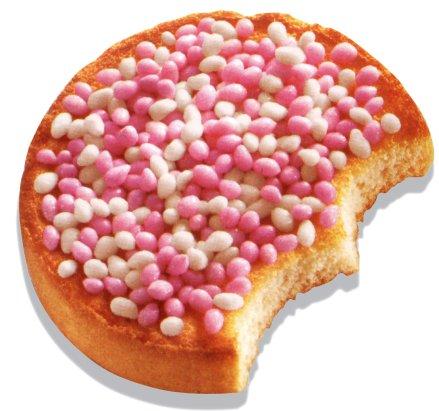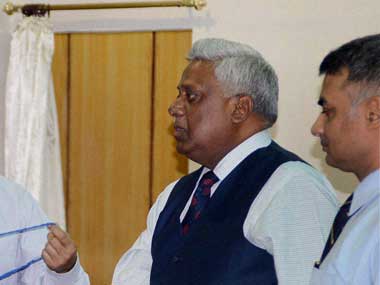
Baked treats are food preparations that are significant in every cuisine. Imagine any gastronomy sans its baked foods; there would definitely be some luster lacking in such a gastronomy if it had no baked items to boast about. Moreover, the importance of such preparations increases many folds if they are linked to a joyous event.
This holds true for beschuit met muisjes, the name when translated in English means Dutch rusks with little mice. Well don’t you worry; you are not going to have to eat mice if you have to enjoy this culinary delight. This food preparation is made from bread and topped with butter and muisjes, which are anise seeds that are candied though muisjes means little mice. Although, beschuit met muisjes are relished in the Netherlands day in and day out but their importance is particularly apparent as a time-honored food preparation to commemorate the arrival of a child in a family.
Small, round, cylindrical bread is horizontally cut into half and baked a second time until it is crisp. After the baking, butter or margarine is applied to the crisp bread and this is then adorned with the muisjes. The practice of using beschuit met muisjes to rejoice the birth of a child dates back to the 17th century. Two different colors of muisjes were used to denote the birth of a child. In olden days, white muisjes symbolized the birth of a son while pink indicated the birth of a daughter. Nowadays, however, a mixture of white and pink muisjes is used to celebrate the birth of a baby girl while a mixture of white and blue muisjes marks the arrival of a baby boy. If a birth takes place in the royal House of Orange, then orange muisjes are sprinkled on the bread.
There are many reasons behind the serving of muisjes on the birth of the baby. One was that anise seeds were thought to be beneficial for lactation. Further, it is believed that anise seeds played a role in easing contractions in the womb and some even believed them to be helpful in dispelling evil spirits. Some say the sugar anise seed balls got the name of muisjes owing to the semblance of anise seeds to little mice with tails while some people declare that the reason for calling the anise seed balls muisjes was their similarity to mouse droppings. In addition, the mouse is also considered as a symbol of fertility. Initially, these beschuit met muisjes were a privilege of only the upper classes but today in Netherlands they are relished by individuals of every class.




